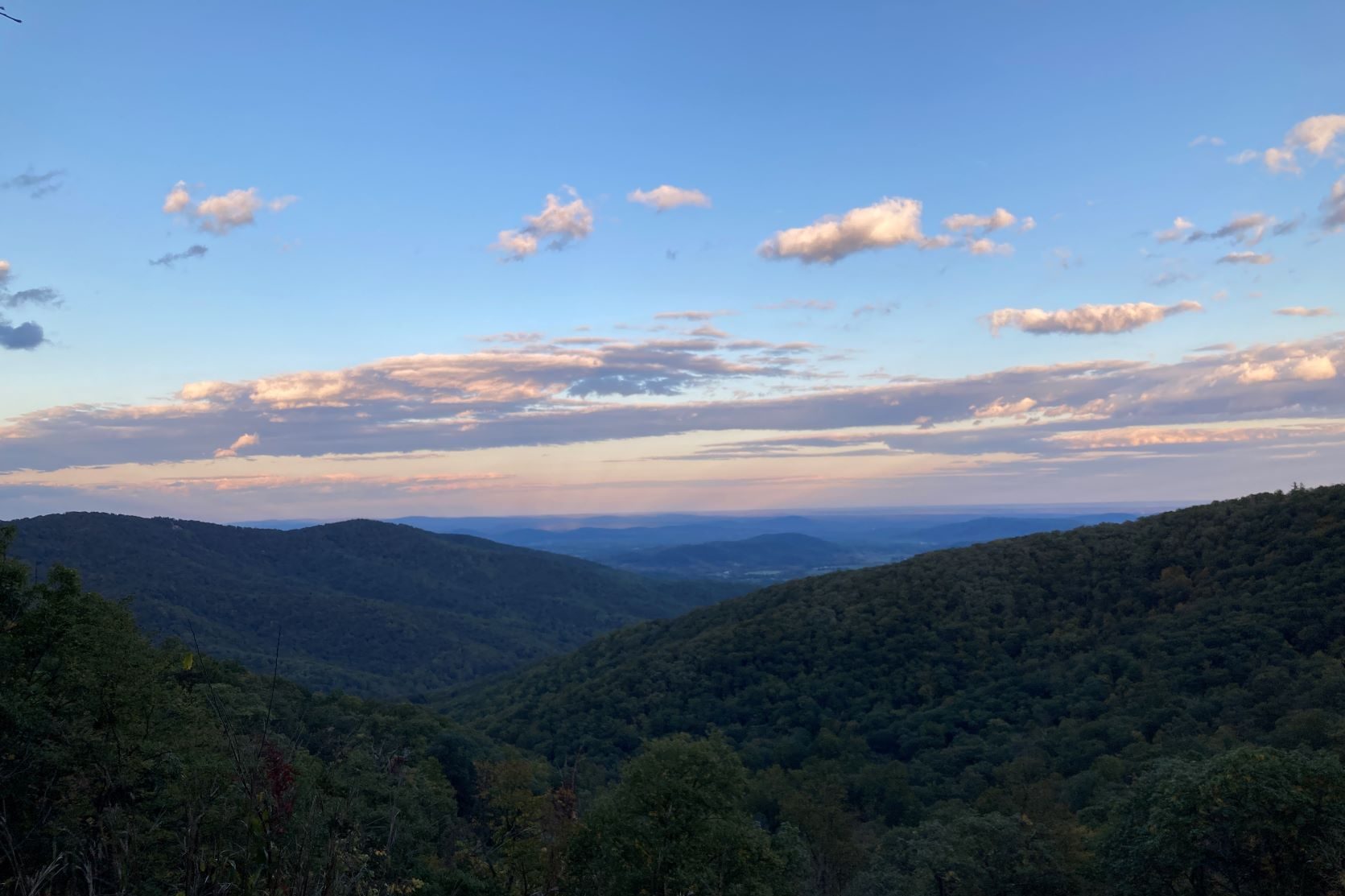World Water Day: How Much Do You Really Know About Our Most Important (and Undervalued) Resource
World Water Day was last week. It’s observed globally on March 22 and aims to bring awareness to the water and sanitation crisis. This day has been celebrated every year since 1993 but, be honest, have you ever heard of World Water Day? Me either. Until recently.
Water seems to be constantly pushed aside for more “pressing” climate matters. Greenhouse gases, melting icebergs, renewable energy, you get the idea.

Future of Water
Water is a vital resource and frankly, non-renewable at the rate we’re using it. Think about how many times a day you don’t have to think about water: When you turn on the tap or the shower or the washing machine. The folks in East Palestine can’t say the same thing. Or Flint.
Everyone needs water but it affects people in different ways around the globe. Some people don’t have enough and some people have too much.
In our lifetime water will become a commodity. This means that in the future, financial institutions will determine the price of water based on the buying, trading and investing of water. This is similar to commodities like gold or oil, i.e. certain people would now profit from water scarcity.

Value of Water
One interesting thing about water is how we value it in America. If I stopped flushing my toilet (the household appliance that uses the most water), I would save 1 penny a month. Does that seem like the correct value for a resource that is non-renewable? I don’t think so.
And we waste water like nobodies’ business. The problem is there are certain areas where you know water is involved. For instance, watering the lawn is a massive waste of water, not to mention can lead to shallow turf roots thus multiplying the problem. But then there are the sneaky offenders like your diet or clothes. Beef and almonds have long been scrutinized for their high water consumption. A new pair of jeans takes 1,800 gallons of water just to grow the cotton. The average smartphone takes 13 billion tons of water to create!
Now obviously the goal isn’t to stop consuming all unnecessary water and take 5 minute showers and never buy a new pair of jeans. The point is to be aware of your water consumption, especially the sneaky parts where you might not think water typically resides, where corporations may have tried to hide the true cost. The point is to use 1% less and advocate for water recycling. Because if every American used 1% less water/day, we’d save 272.15 gallons/day or almost 100,000 gallons/year. Think about that impact!
